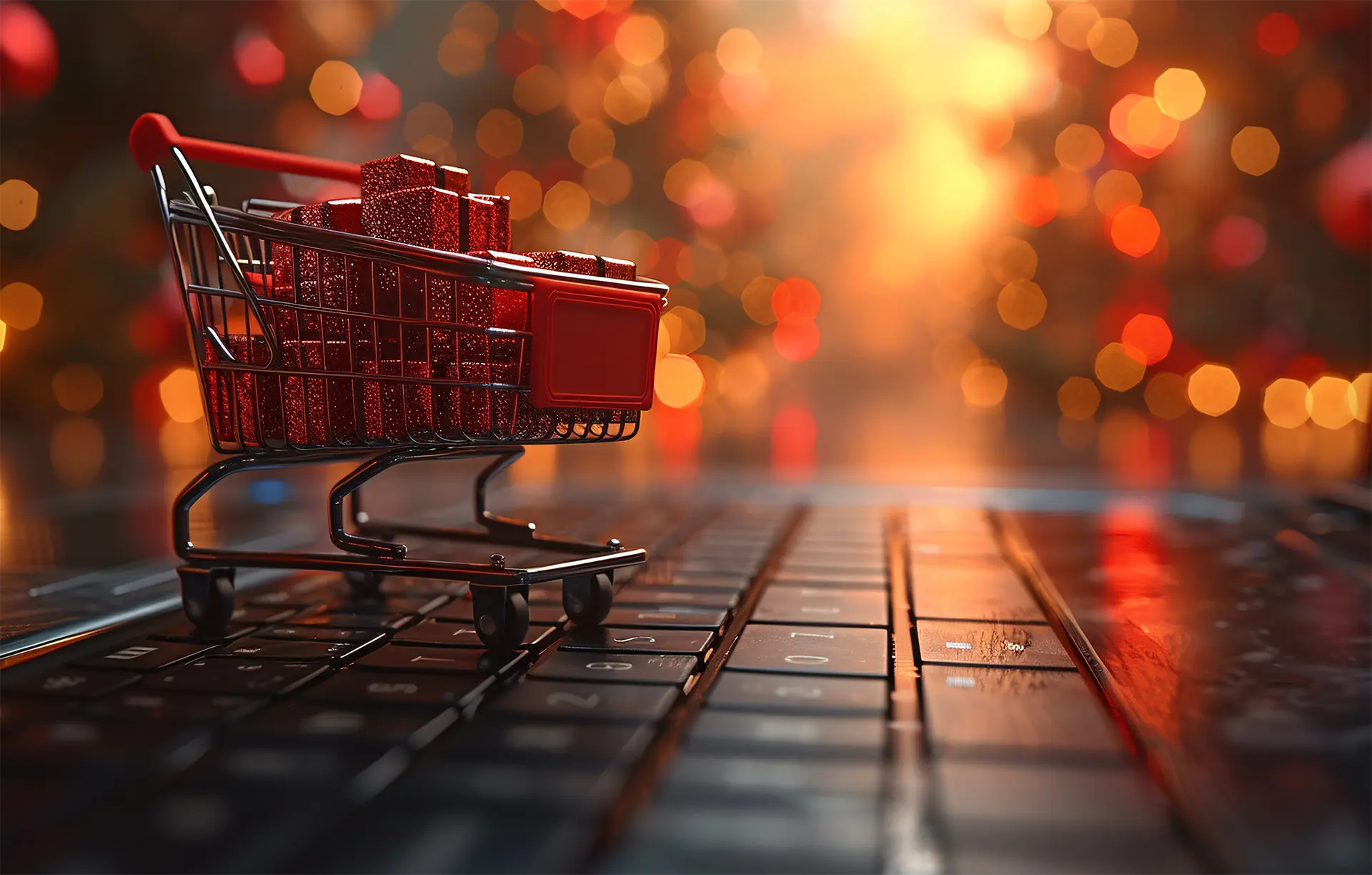Table of contents
- Why PayPal is secure
- How to pay securely with PayPal
- PayPal’s Purchase Protection
- Additional security tips
Paying online has become an essential part of daily life, and PayPal is one of the most popular and secure payment methods. It is also used for sending and receiving money, so it’s important to know how to use this service safely to protect your data and money.
Why PayPal is secure
Is PayPal secure? Yes. PayPal is secure due to its robust security measures designed to protect users’ financial information. When using PayPal, credit card or bank account details are not shared with sellers, reducing the risk of fraudulent transactions. PayPal uses advanced encryption to protect sensitive data during transactions, making it harder for cybercriminals to access user information.
How to pay securely with PayPal
PayPal offers a widely-used payment method thanks to its simplicity and advanced security measures. However, to fully benefit from the advantages offered by PayPal, it’s important to adopt some best practices to ensure the security of your transactions. Below are key steps to follow for secure payments with PayPal.
Use a secure password
One of the first lines of defense for protecting your PayPal account is to use a secure password. Here are some tips for creating a strong password:
- Length and complexity
The password should be at least 12 characters long and include a combination of uppercase and lowercase letters, numbers, and symbols.
- Uniqueness
Do not use the same password for multiple accounts. Each online account should have a unique password to prevent other accounts from being at risk if one is compromised.
- No personal information
Avoid using easily obtainable information such as names, birth dates, or common words.
Enable two-factor authentication
Two-factor authentication (2FA) is an additional layer of security that requires two elements to verify the user’s identity: the password and a unique code sent to your mobile device. Enabling 2FA on PayPal is simple and highly recommended to enhance your account’s security.
Verify the website
When making a payment with PayPal, it’s crucial to ensure you are on a legitimate website. To do this:
- Check the URL
The URL should start with “https,” where the “s” indicates a secure connection. Additionally, the URL should contain “paypal.com.”
- Lock Iicon in the address bar
The presence of a lock icon in the browser’s address bar indicates that the site uses a secure connection.
Monitor your account
Regularly checking your PayPal account for suspicious transactions is a good habit. If you notice anything unusual, it’s important to act promptly:
- Verify each transaction
Even small transactions can be a sign of fraudulent activity. Pay attention to every detail.
- Contact PayPal
In case of unauthorized transactions, immediately contact PayPal customer service to report the problem and request assistance. PayPal support is also available for other inquiries.

PayPal’s Purchase Protection
One of the main advantages of using PayPal for online purchases is its Purchase Protection, a service that offers an additional layer of security and peace of mind to users. This protection is designed to ensure that buyers are safeguarded in case of issues with purchases made through the platform. Here’s a detailed look at how PayPal’s Purchase Protection works and how to make the most of it.
What PayPal’s Purchase Protection covers
PayPal’s Purchase Protection covers several problematic situations that may arise during online shopping. Here are the main cases covered:
- Items not received
If a user buys a product but does not receive it, they can open a dispute on PayPal to request a refund. This protection is crucial when buying from lesser-known sellers or on less secure e-commerce platforms.
- Items significantly not as described
If the received item differs from the seller’s description, such as in color, size, model, or condition, the buyer can request a refund. PayPal intervenes to resolve the dispute, and if necessary, PayPal may refund the buyer.
How Purchase Protection works
To benefit from Purchase Protection, it’s important to follow specific procedures. Here’s how the process works step by step:
- Make the payment via PayPal
Purchase Protection only applies to transactions made through PayPal. Therefore, it’s essential to use PayPal as the payment method at the time of purchase.
- Report the issue
If there is a problem with the purchase, the first step is to contact the seller to try to resolve the issue. Sellers are often willing to cooperate to resolve problems.
- Open a dispute
If the seller does not respond or does not offer a satisfactory solution, you can open a dispute through PayPal’s Resolution Center within 180 days of the payment date. During the dispute, the buyer and seller can communicate and try to resolve the issue.
- Escalate the dispute to a claim
If the dispute is not resolved within 20 days, the buyer can escalate it to a claim. At this point, PayPal intervenes to review the case and make a decision based on the evidence provided by both parties.
- Resolution and refund
If PayPal decides in favor of the buyer, they will receive a full refund for the purchase amount, including shipping costs.
Limitations of Purchase Protection
While PayPal’s Purchase Protection offers strong protection for buyers, it’s important to be aware of its limitations:
- Ineligible transactions
Some transactions are not covered by Purchase Protection, such as personal payments, vehicle purchases, real estate, customized products, and services. It’s crucial to read the terms and conditions to understand exactly what is covered.
- Timeframes
Buyers must open a dispute within 180 days of the payment date to benefit from Purchase Protection. After this period, it will no longer be possible to open a dispute.
- Provision of evidence
In case of a claim, the buyer must provide sufficient evidence to support their request. This may include receipts, detailed descriptions, and any other relevant documentation.
Tips for maximizing Purchase Protection
To make the most of PayPal’s Purchase Protection, here are some useful tips:
- Keep all receipts and correspondence
Keep track of all communications with the seller and save receipts and product descriptions. This material will be useful in case of a dispute.
- Buy only from trusted sellers
Research sellers before making a purchase. Check reviews and ratings to ensure they are reliable.
- Read product descriptions carefully
Make sure you understand exactly what you are buying by reading the product description carefully. This can prevent many problems related to items not as described.
- Use the correct shipping address
Ensure that the provided shipping address is correct and up-to-date. Address errors can complicate the dispute resolution process.
Additional security tips
- Never share your credentials
Never give your username or password to anyone. PayPal will never ask for this information via email or phone.
- Use PayPal only on secure devices
Avoid making payments through PayPal on public devices or unsecured Wi-Fi networks.
- Regularly update software
Ensure that your device and software are always up to date to protect against security vulnerabilities.
